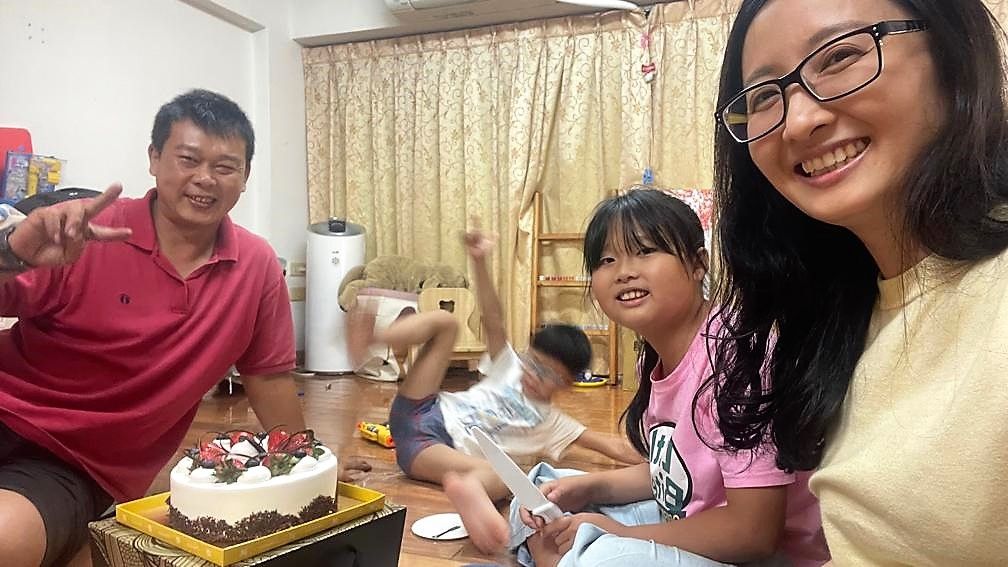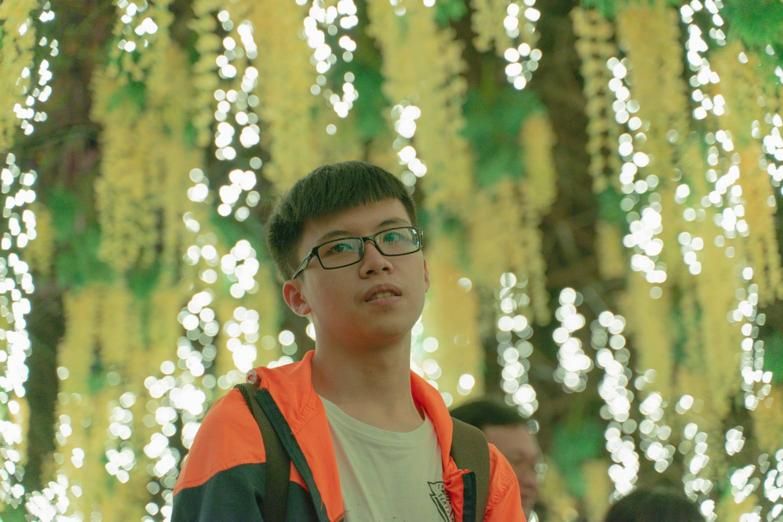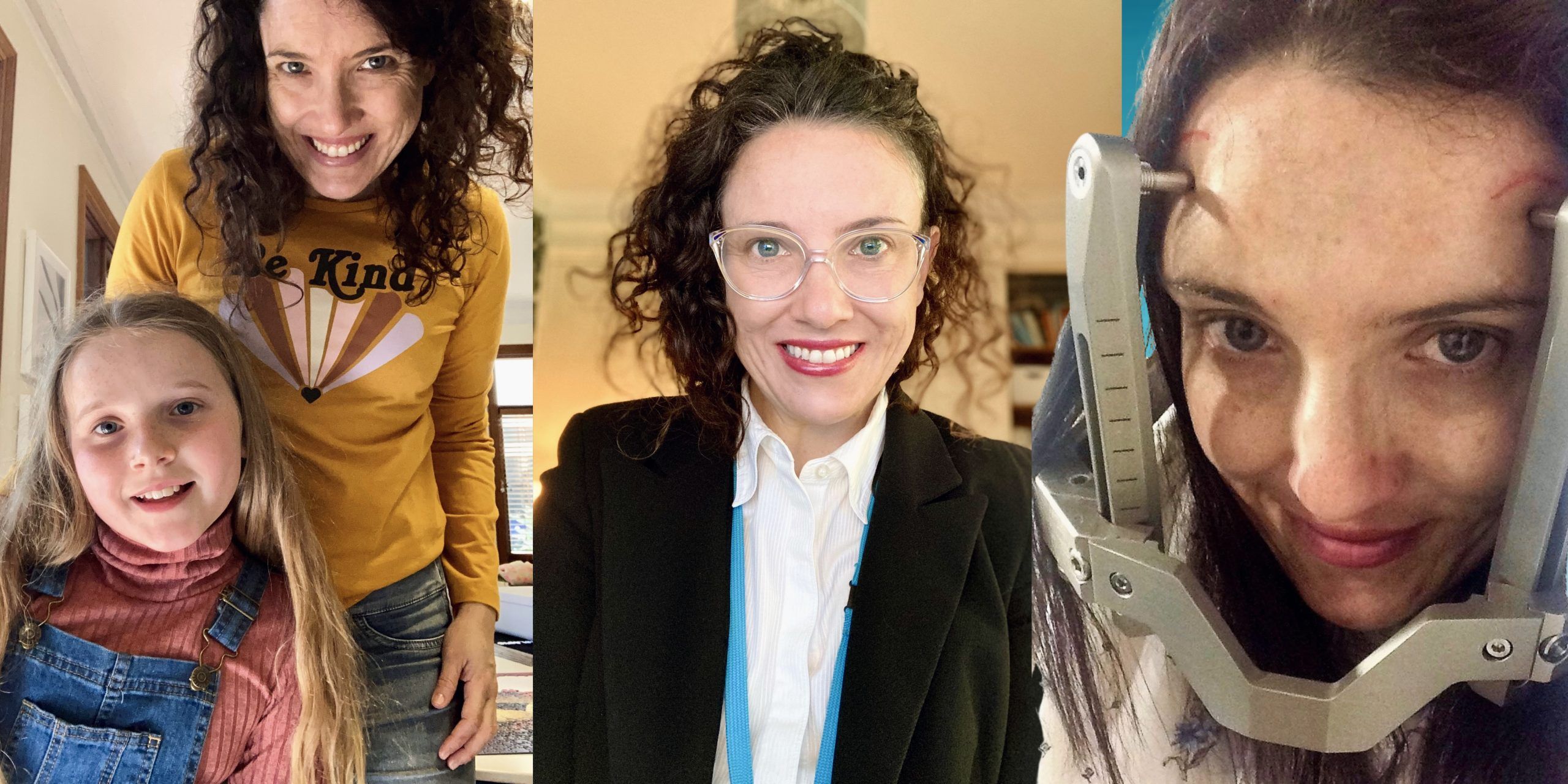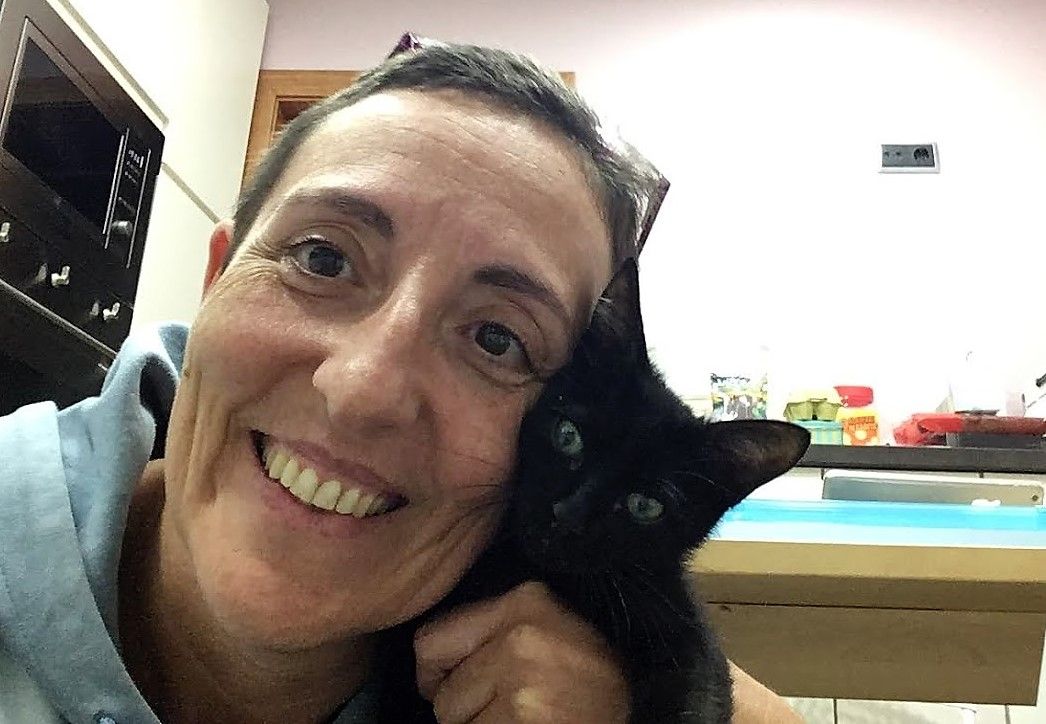Deep Brain Stimulation was precisely the treatment Anna needed for dystonia
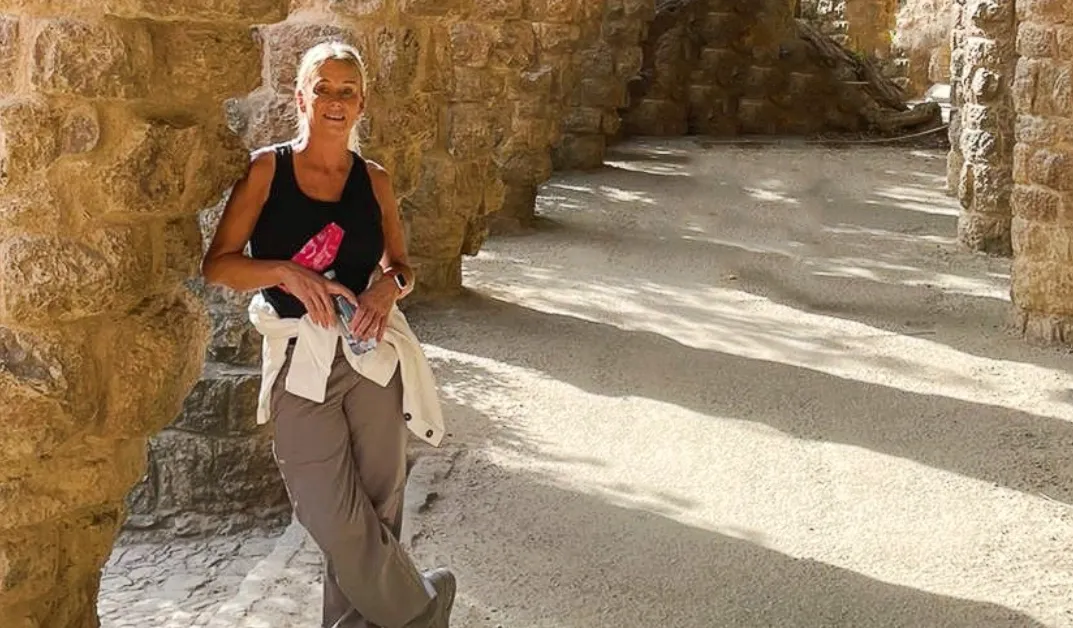
Anna’s years of frustration, involuntary shaking, and pain were effectively eliminated in a day
Correctly diagnosing and treating essential myoclonus (myoclonus-dystonia) can be challenging, even for the best of doctors and neurologists – Anna Eriksson knows this all too well. Symptoms of the disease began appearing when she was just 12 years old, with tics and jerking spasms. Kids can be cruel, and Anna was called names and bullied by classmates in the schoolyard. Even the doctor she met in her late teens was aloof, commenting that there were others much worse off than she was. This essentially ended her search for help, but not her spasms and pain.

“When I was around 30, I met a fantastic doctor who took me seriously. After thorough testing, he diagnosed my condition as convulsive tremors, torticollis and dystonia. One of the symptoms, in addition to jerking and spasms, is the twisting of the torso. It was very uncomfortable.” He prescribed medications for the spasms, as well as Botox® (Botulinum Toxin) injections and painkillers. Nevertheless, Anna says nothing really helped; she either felt tired, nauseous, or was affected by some other side effect of the medications.
She lived like this for almost 20 years when, by coincidence, Anna met Ulrika, who works in the life sciences profession and is familiar with dystonia. Ulrika described Anna’s symptoms to her friend, a neurosurgeon within the field of deep brain stimulation (DBS). DBS uses electrical stimulation to treat neurological conditions such as Parkinson’s disease, essential tremor, and has been approved for dystonia by regulatory authorities. According to the Dystonia Medical Research Foundation, DBS is being used to treat a greater variety of dystonia patients than ever before. Ulrika’s friend, the neurosurgeon, said that Anna could be a potential candidate for DBS, after a thorough evaluation by a multidisciplinary team was carried out. Nobody had ever mentioned DBS to Anna, and it was the first she heard of the treatment.
“It took time to process the idea of open brain surgery.., but once I’d decided to do it, I wasn’t nervous any longer.”
With this new information, Anna met with doctors at Karolinska University Hospital in her hometown of Stockholm, Sweden. “Everything changed after this meeting,” Anna says. “I learned that DBS could probably treat both the torticollis and dystonia. It took time to process the idea of open brain surgery – it’s a very serious thing, but once I’d decided to do it, I wasn’t nervous any longer. After that, everything went very quickly.”
The morning of her operation, a frame called the Leksell® Vantage™ Stereotactic System, was attached to Anna’s head. It is used to help precisely determine the coordinates where the DBS leads (electrodes) would be inserted. After implantation, the DBS electrodes were connected to a small pulse generator under the skin in her chest that delivers electrical stimulation to the parts of her brain that caused spasms.
The surgery went according to plan and two DBS leads were precisely implanted in the targeted tissue of the left and right brain hemispheres. The electrodes were turned on and adjusted at the hospital, then Anna was taught how to finetune the settings herself.
“Once I came home, the first thing I noticed was that I wasn’t shaking at all… It’s changed my life entirely.”
“Once I came home, the first thing I noticed was that I wasn’t shaking at all. I could do small things like drink a glass of water without trembling – finally, after almost 40 years. My life has improved in so many ways. I sleep better, I have more energy, and I don’t have pain or need to take medication. It’s changed my life entirely.”

Anna says one of the biggest changes in her life is that, because she was so crooked, she never wanted her photo taken or be filmed. “I hated seeing myself, how I jerked and spasmed. Now when I look in the mirror, I’m happy. That’s a big boost for my self-esteem and overall well-being. The only symptom I have today is that my speech can sometimes be slurred a little.”
Prior to receiving DBS surgery, Anna rated her quality of life as a 3, on a scale from 1 to 10. Today, she says “it’s definitely a 10.” She describes herself as strong-willed, never letting the movement disorder and its symptoms get the best of her. Indeed, she has raised two children, worked full time all her life and has enjoyed an active social calendar. “But if I went skiing, for example, then I could be laid up in bed with pain for a couple days afterward. Though I’d rather suffer the consequences than deny myself a life. I’m not the type to lie down and give up.
“I am so grateful to my friend Ulrika, to the doctors and to everyone working within the field of medical technology that help save and improve the lives of people with brain disorders or disease”.
Asked if she has any advice for people considering deep brain stimulation, Anna says: “Just do it! And the sooner the better – if your doctor allows or recommends it. Don’t wait.”
LARNPS230118
